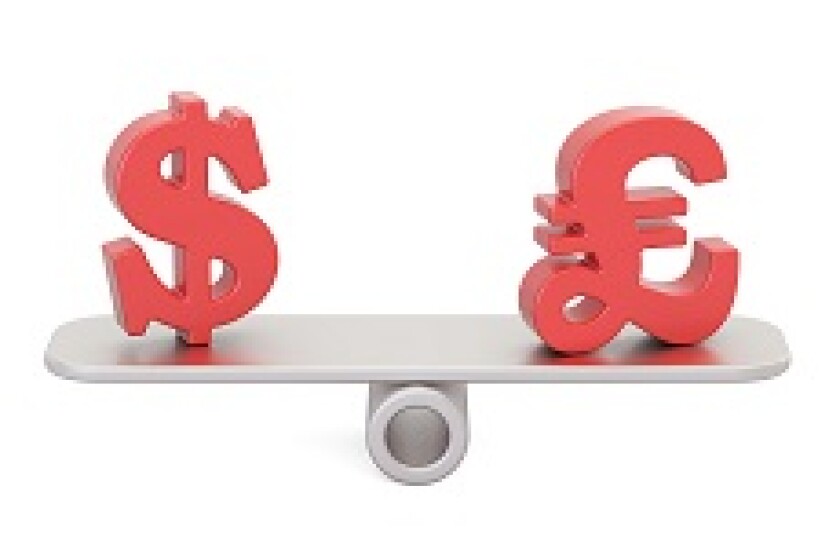After the Brexit referendum in 2016 and UK elections of 2010 and 2017 that delivered hung Parliaments, FX traders have grown used to staying up all night to react to election results.
But when the exit poll showed a storming Conservative majority for prime minister Boris Johnson, volatility collapsed. Many traders decided to go home early and told their brokers to get some sleep before getting up early in the morning.
By the morning, sentiment was enthusiastic. Many investors, mainly European accounts, pocketed the profits on long sterling positions.
“Volatility fell quicker and sooner than we expected,” said an FX options trader. “Normally it would have taken 24 hours for volatility to really collapse and the market to absorb the news, but within 30 minutes to one hour after the exit polls, the implied volatility on sterling pairs really disappeared. There is no risk premium any more, we are back to very low levels of volatility.”
Traders and investors had also received a boost during the UK night from evening reports in the US that the US and China were due to sign a trade deal.
“Clearly something is happening on trade today,” said another FX options trader. “Our client base is more focused on that than putting on fresh sterling risk at the moment. The sterling market will go through a little bit of consolidation now and find a new volatility regime. It will take about a week until the market finds a new equilibrium.”
Next stage: trade talks
When that positioning settles, attention will surely turn to the next round of Brexit negotiations that will take place after the UK leaves the European Union.
“The market is being a bit complacent and too optimistic,” said the first trader. “We are starting to see cable going lower at the moment and then after that it should be quiet for a month.
“Then in January we should see investors buying more options as protection for the downside [on sterling against the dollar amd euro]," he said. "The rally has been done and the real challenge is just arriving. That is how we get Brexit done and negotiate and reach trade agreements with other countries. That is where the hard work starts.”
There are some hopes that markets could readjust more quickly, with sterling finding an equilibrium in December.
Volatility will be back
But however long it takes for activity to pick up again, there are still plenty of risks on the horizon, and this should be good for trading activity.
“August was one of our biggest months of the year and December could yet prove to be,” said a senior interdealer broker. “You can’t predict anything. It is already priced in that Johnson will get the Withdrawal Agreement through. All this has done is set up Brexit, the question is what does that mean? This is not a unilateral decision, things will hit a new level of uncertainty again soon.”
But he added that the certainty of the election result itself could help derivatives markets. After years of indecision in Parliament, the market could benefit from a clear political direction that allows traders and investors to take a firmer view on market movements.
“It feels like we have lived in a period of calm recently and because of this no one has taken big positions, because it would be such a binary trade,” said the broker. “So actually you would hope now that there is some level of certainty and a clearer direction of travel, including with China and the US. That gives an opening for risk to go back into the market, to some degree.
“That could allow us to move away from what has been a sustained period of calm with sporadic bouts of volatility,” he added. “You would hope some level of bullishness would be returning to the market, and some level of volatility that actually allows people to trade.”






